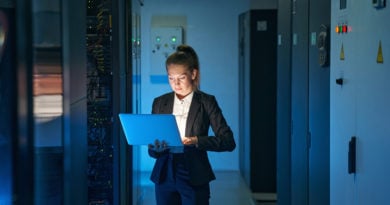Medical Devices that Minimize Collateral Tissue Damage
If there is one area that can always be guaranteed to have innovation after innovation thanks to the time, effort, and money put into specialist research, it is the medical industry. And as we become more forward-thinking in terms of medicine and how it can be achieved, additional medical devices will be required to ensure that these ideas become reality.
Something that has been researched for many decades now is how to create medical devices that minimize collateral tissue damage. When this can be achieved, recovery times are shorter, pain can be more easily managed, and care can be improved.
The smaller the medical device is, the less collateral damage will occur, which is why looking for ways to reduce the size of all medical equipment where possible, is crucial. Microfabrication has become the watchword for innovation and patient care techniques in recent years.
Benefits to the Surgeon and the Patient
When a surgeon is carrying out their work, they want to be able to focus on the task at hand, whatever that might be. However, with most medical devices, there is always a risk that additional damage will be caused, creating longer surgery times, and potentially longer recovery time for the patient.
When devices can be made smaller and therefore less invasive, the surgeon can be much more focused, sure that no to very little additional damage will be done. Surgery times will become shorter, which will enable more people to be seen, and more lives to be saved.
Not only that, but if surgeons can go about their work without the added distraction of collateral tissue damage, the overall outcomes will be more positive.
Cost-Effective
In the past, the smaller the device, the more expensive it usually turned out to be. Therefore, even if a small enough device existed to allow for minimally invasive surgery with less collateral tissue damage, it may not have been possible to use it due to cost. Thanks to microfabrication, things are changing in this regard.
Today it is possible to make smaller devices in a much more cost-effective way. This is mainly down to changes within the manufacturing process, and specifically within the additive manufacturing process that now means much smaller components can be created in high numbers.
This will bring the cost of medical devices down so that hospitals and clinics can use them more effectively, thus reducing the chances of additional tissue damage.
Reduced Heat
The same processes that have made it possible to create smaller, less invasive devices in larger quantities have also made it possible for them to be used for longer periods of time. This is due to the fact that they don’t become as hot as they would have in the past because it is now possible for various different materials to be used, eliminating this issue.
If a device can be used for longer, the surgeon will be able to complete the procedure without constant interruptions, which could lead to additional tissue damage. Plus, when the devices don’t heat up as much, collateral damage from the temperature is also reduced.




